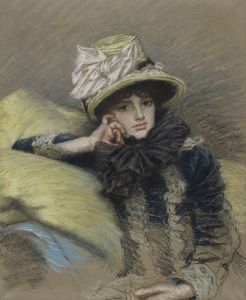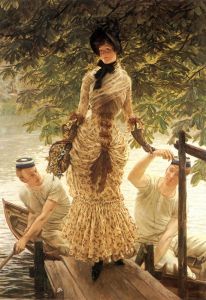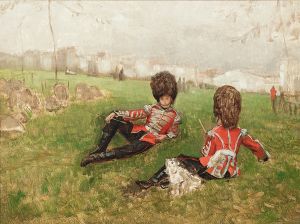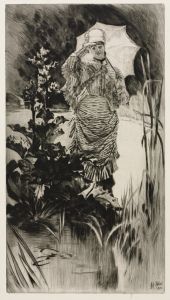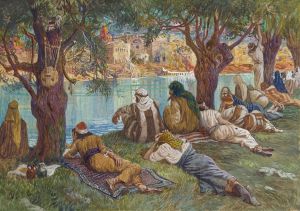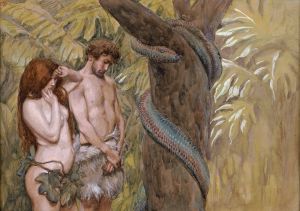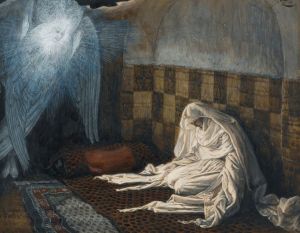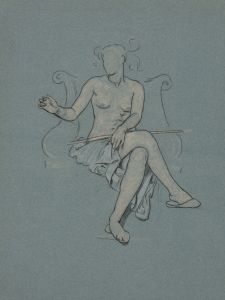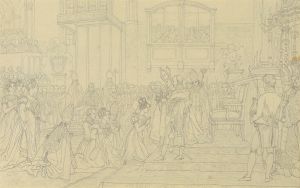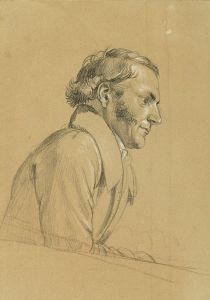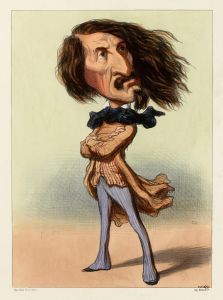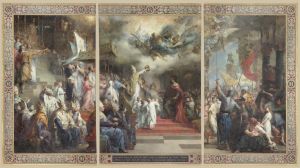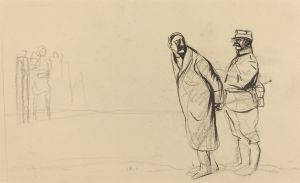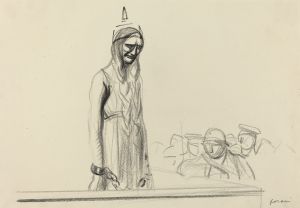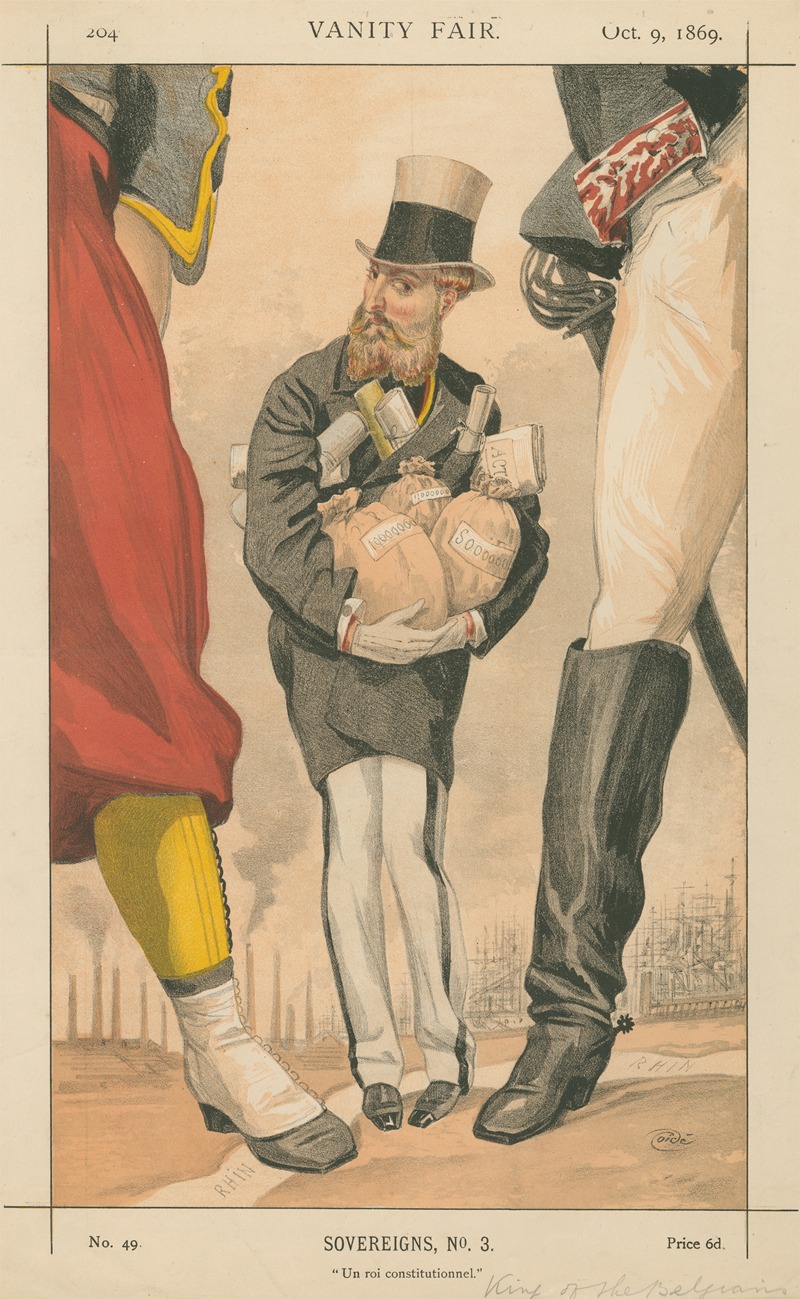
Vanity Fair; Royalty; ‘Un roi Constitutionnel’, Leopold II, King of the Belgians, October 9, 1869
A hand-painted replica of James Tissot’s masterpiece Vanity Fair; Royalty; ‘Un roi Constitutionnel’, Leopold II, King of the Belgians, October 9, 1869, meticulously crafted by professional artists to capture the true essence of the original. Each piece is created with museum-quality canvas and rare mineral pigments, carefully painted by experienced artists with delicate brushstrokes and rich, layered colors to perfectly recreate the texture of the original artwork. Unlike machine-printed reproductions, this hand-painted version brings the painting to life, infused with the artist’s emotions and skill in every stroke. Whether for personal collection or home decoration, it instantly elevates the artistic atmosphere of any space.
"Vanity Fair; Royalty; ‘Un roi Constitutionnel’, Leopold II, King of the Belgians, October 9, 1869" is a caricature created by the French artist James Tissot. This work was published in the British magazine Vanity Fair, which was renowned for its satirical portraits of prominent figures of the time. The illustration depicts Leopold II, who was the King of the Belgians from 1865 to 1909, and it was featured in the October 9, 1869, issue of the magazine.
Leopold II is portrayed in the caricature with the title "Un roi Constitutionnel" ("A Constitutional King"), reflecting his role as a constitutional monarch. As the King of the Belgians, Leopold II ruled under a constitutional framework, which limited his powers and required him to govern in cooperation with elected representatives and adhere to the Belgian Constitution. This system of governance was established following Belgium's independence in 1830 and was a defining feature of the Belgian monarchy.
James Tissot, the artist behind this work, was a prominent French painter and illustrator known for his detailed and often satirical depictions of contemporary society. Tissot contributed several illustrations to Vanity Fair, which was famous for its caricatures of political leaders, royalty, and other notable figures. These caricatures often combined humor with sharp social commentary, offering readers a visual and editorial perspective on the personalities and events of the era.
The caricature of Leopold II in Vanity Fair is significant as it provides insight into how the king was perceived in Britain and by the magazine's readership. While the image is satirical in nature, it also underscores Leopold II's position as a constitutional monarch, a role that distinguished him from absolute rulers in other parts of Europe during the 19th century.
This work is part of a broader tradition of political and social satire in the 19th century, where publications like Vanity Fair used caricature as a means of engaging with current events and public figures. The magazine's illustrations remain valuable historical artifacts, offering a glimpse into the cultural and political attitudes of the time.
No further specific details about the content or reception of this particular caricature are readily available.





